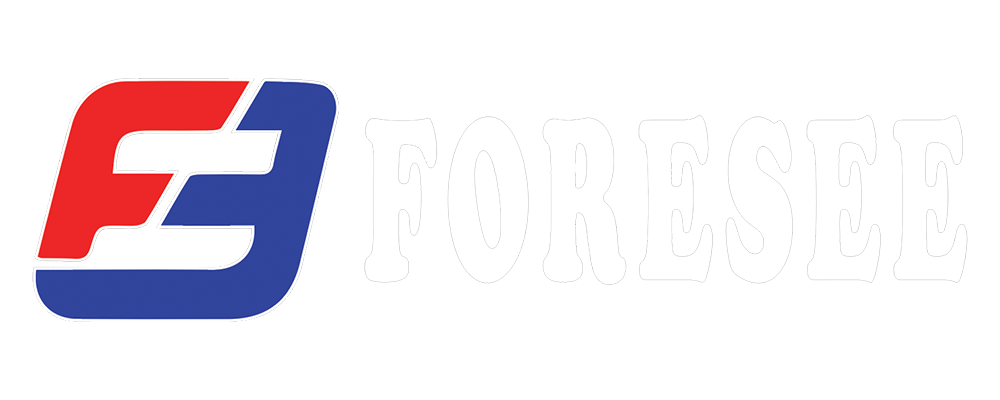There are several types of welding consumables used in different welding processes:
-
Electrodes: Electrodes are used to create an arc that melts the base metal and filler material. They come in various types depending on the welding process, such as stick electrodes for shielded metal arc welding (SMAW) and tungsten electrodes for gas tungsten arc welding (GTAW).
-
Filler Metals: Filler metals are added to the weld pool to reinforce the joint and provide additional material where needed. They come in different forms, each suitable for different welding processes and applications:
a. Solid Wires: Solid welding wires are the most common form of filler metal used in gas metal arc welding (GMAW) or MIG welding. They consist of a solid metal wire that is fed through a welding gun and melted to create the weld pool. Solid wires are available in different diameters and compositions to match specific welding requirements and base metal types.
b. Flux-Cored Wires: Flux-cored wires contain a hollow core filled with flux, which provides additional shielding and facilitates the removal of impurities from the weld pool. Flux-cored wires are commonly used in applications where welding outdoors or in windy conditions, as they offer better protection against atmospheric contamination compared to solid wires. They are suitable for both gas-shielded (FCAW-G) and self-shielded (FCAW-S) welding processes.
c. Welding Rods: Welding rods, also known as welding electrodes, are used in shielded metal arc welding (SMAW) or stick welding. These rods are coated with a flux material that melts during welding, creating a protective gas shield around the weld pool and helping to remove impurities. Welding rods come in various compositions and diameters, each designed for specific welding applications and base metal types.
d. Specialty Filler Metals: In addition to solid wires, flux-cored wires, and welding rods, there are also specialty filler metals available for specific welding applications. These may include metal-cored wires, which offer higher deposition rates and increased productivity, as well as alloys designed for welding dissimilar metals or specialized applications such as hardfacing or cladding.
-
Fluxes: Fluxes are substances used in certain welding processes to protect the molten weld pool from atmospheric contamination and facilitate the removal of impurities from the weld metal. They can be in the form of powder, paste, or granules and are commonly used in processes such as shielded metal arc welding (SMAW) and submerged arc welding (SAW).
-
Shielding Gases: Shielding gases are used in gas metal arc welding (GMAW) and gas tungsten arc welding (GTAW) to protect the weld area from atmospheric contamination. Common shielding gases include argon, helium, carbon dioxide, and mixtures thereof, selected based on the specific welding process and material being welded.
These welding consumables play a crucial role in the welding process, ensuring the integrity, strength, and quality of the weld joint. Choosing the right consumables for a particular welding application is essential for achieving desired weld properties and performance.

Recent post